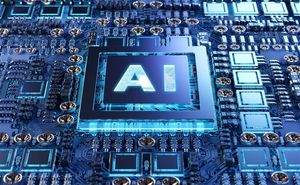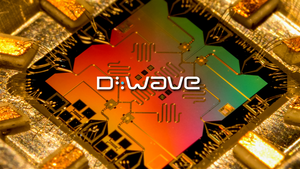
Introduction
Electric Resistance Welded (ERW) pipe has become an essential part of modern industry due to its strength, uniformity of properties, and ease of production. However, how does a flat strip of steel become a high-integrity pipe with no filler metal? This guide will take you through the modern High-Frequency ERW manufacturing process and explain essential processes with key parameters, and quality-checking at each stage.
ERW Manufacturing: Key Stages and Quality Control
|
Stage |
Step-by-Step Process |
Critical Parameters / Quality Checks |
|
1. Uncoiling & Slitting |
A master steel coil is unrolled and cut by rotary knives into narrower strips of a precise width. |
Strip Width Tolerance (±0.2mm); Edge Quality (No burrs). |
|
2. Forming |
The flat strip is passed through a series of rollers that progressively bend it into a round, open-seam tube. |
OD and Roundness Control; Seam Gap Alignment. |
|
3. Welding |
A high-frequency (HF) current (100-800 kHz) is induced on the strip edges, heating them to a plastic state. |
HF Power & Frequency; Welding Temperature Monitoring. |
|
4. Forging |
Squeeze rollers apply immense pressure, forging the heated edges together into a homogenous weld seam. |
Squeeze Pressure; Upset Formation. |
|
5. Seam Treatment |
Internal and external weld beads (upset) are removed (scarfed) by cutting tools for a smooth surface. |
Scarfing Tool Condition; Surface Finish Inspection. |
|
6. In-line NDT |
The weld seam is immediately scanned by an in-line Ultrasonic or Eddy Current testing unit. |
100% Weld Seam Inspection for Defects. |
|
7. Sizing & Straightening |
The pipe passes through more rollers to achieve final, precise diameter and straightness. |
Final OD Tolerance (e.g., ±0.5%); Straightness (<0.2% of length). |
|
8. Final Testing |
After being cut, pipes undergo hydrostatic pressure testing and final visual/dimensional inspection. |
Hydro-test Pressure & Duration (e.g., 5-10 sec at 20 MPa). |
|
9. Finishing |
Pipe ends are beveled or threaded as required, and coatings may be applied. |
End Finish Angle (30° ±5°); Coating Thickness. |

Conclusion: A Process Built for Reliability
The modern HFW ERW process is a series of stages that occur in a controlled environment and under continuously monitored conditions. All steps from slit to final product testing are essential in ensuring that the resulting product meets high international quality assurance standards that provide the end user with superior reliability and assurance of performance in its intended application. Knowing where the process came from and how it evolved provides a better understanding and appreciation of the quality and consistency embedded into every length of pipe.
Copyright NoticeThis article was originally created by CORTEC STEEL LIMITED and first published on the official website www.cortecsteel.com.Reproduction NoticeUnauthorized reproduction is strictly prohibited. For citation or reproduction, please credit the source and include a link to this article. All rights reserved.
Media Contact
Company Name: CORTEC STEEL LIMITED
Email: Send Email
Country: China
Website: https://www.cortecsteel.com/






